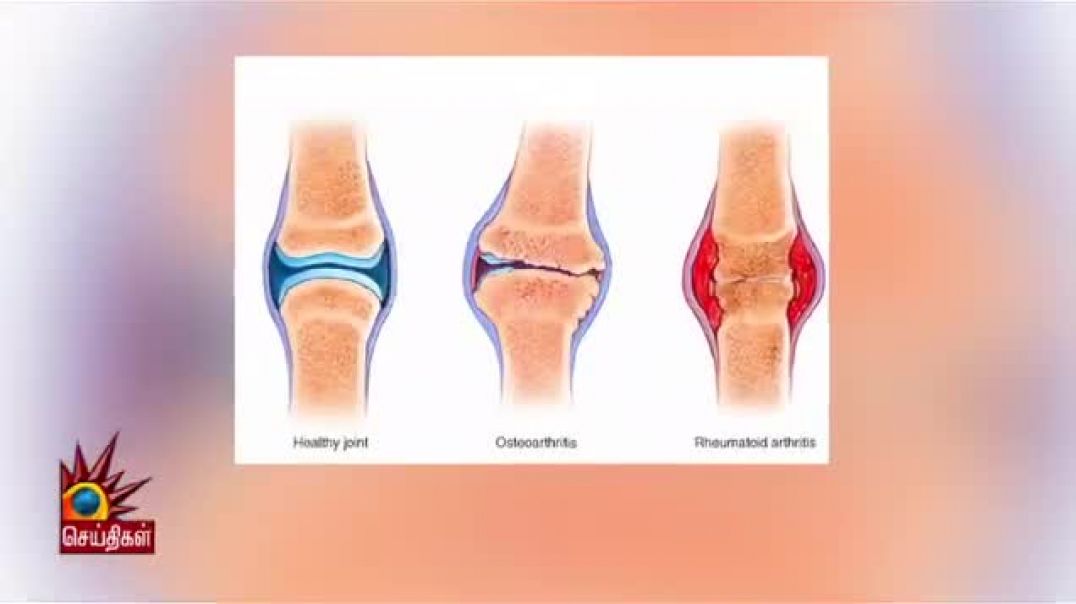Study proves efficacy of intraabdominal anastomosis in laparoscopic stomach cancer surgery
For patients with early-stage stomach cancer, minimally-invasive laparoscopic surgery has become a common treatment option. At AMC, surgical techniques are evolving to bypass the limitations of conventional laparoscopic stomach surgery.
It was 2005 when the team of Dr. Byung-Sik Kim from AMC's Division of Stomach Surgery first began applying the technique of intra-abdominal anastomosis during laparoscopic stomach surgeries. Since then, the team has performed over two thousand procedures, while also achieving a remarkable success rate of over 95%. These achievements have solidified the status of AMC as global pioneer in intra-abdominal anastomosis.
In conventional laparoscopic stomach cancer surgery, the stomach is removed from the abdomen for open anastomosis, which requires a small incision of about 5 or 6 centimeters.
However, an advanced surgical procedure called intra-abdominal anastomosis allows the entire operation to be completed inside the body.
Dr. Byung-Sik Kim / Division of Stomach Surgery
[Intra-abdominal anastomosis] offers less scarring and pain for patients, as well as quicker recovery. The method has been proven safe. It can be considered a bit more conducive to recovery or post-operative quality of life.
Since 2008, Dr. Kim's team has also been applying intra-abdominal anastomosis in cases of totally-laparoscopic total gastrectomies. This highly-advanced procedure has been performed with successful results on a record three hundred patients. The team's surgical outcomes have been published four times in SCI-indexed journals.
-
Category






















No comments found